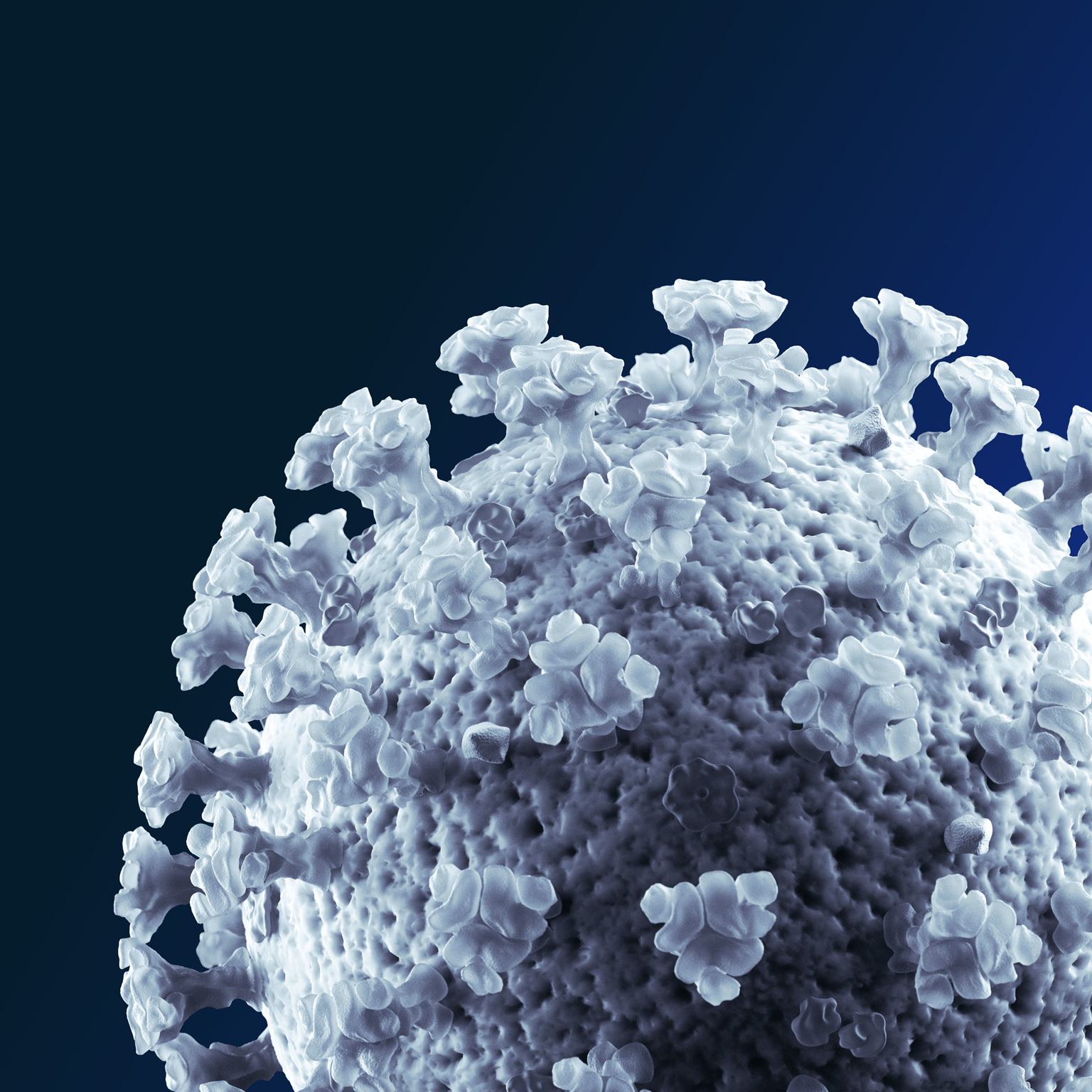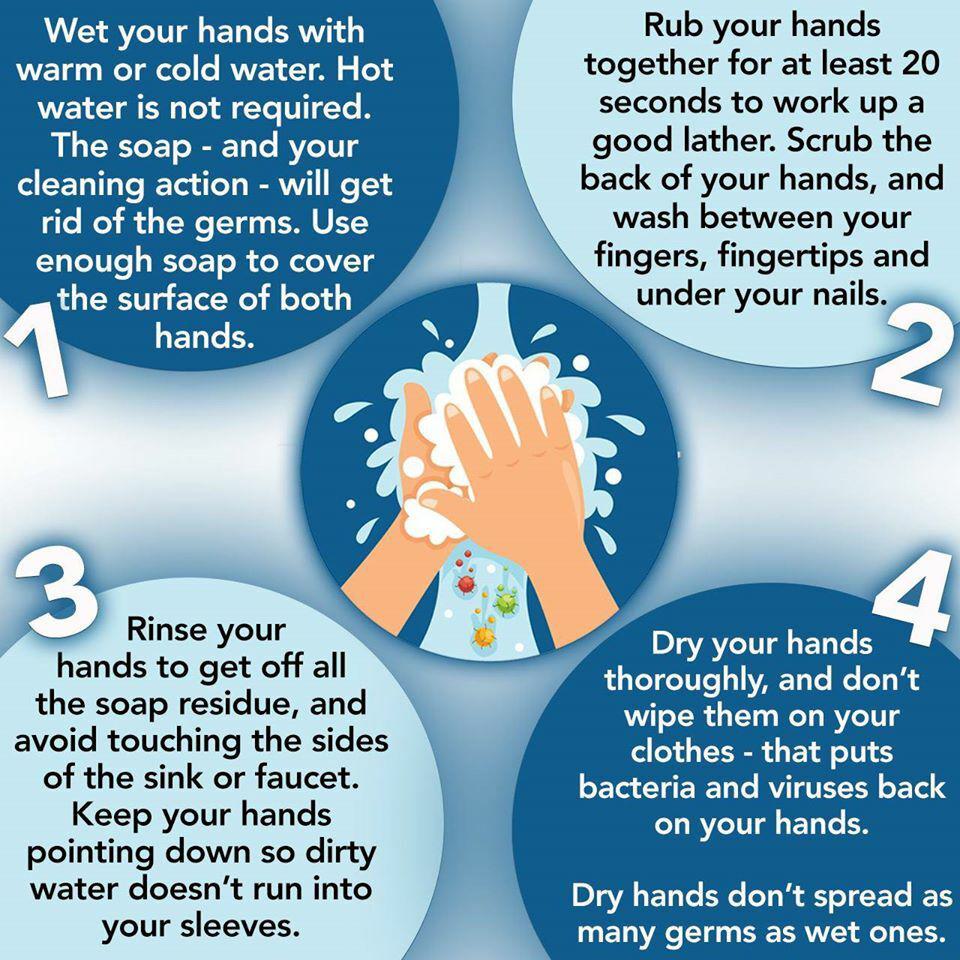Understanding how the virus is transmitted is key to its containment.

Coronavirus, or what is commonly coming to be known as COVID-19, is a disease caused by Severe Acute Respiratory Syndrome Coronavirus 2 (SARS-CoV-2) which was first detected in Wuhan, China in December 2019. As the growing number of people infected with the virus has reached over 160,000 people worldwide, researchers are racing to understand what makes this virus spread so easily.
The current wide-held belief is that the virus spreads mainly through person-to-person contact via respiratory droplets produced when a person infected with the virus coughs or sneezes. It's important to note that people are thought to be the most contagious when they are highly symptomatic (at the height of their sickness). There have been some reports of the virus spreading from people before they even begin to show symptoms, but this is not thought to be the main way that the virus spreads. According to the World Health Organization (WHO): "The main way the disease spreads is through respiratory droplets expelled by someone who is coughing. The risk of catching COVID-19 from someone with no symptoms at all is very low. However, many people with COVID-19 experience only mild symptoms. This is particularly true at the early stages of the disease. It is therefore possible to catch COVID-19 from someone who has, for example, just a mild cough and does not feel ill. WHO is assessing ongoing research on the period of transmission of COVID-19 and will continue to share updated findings."
The reason why hand washing has received so much attention is that the virus can also be spread through surface contact. If a person infected with the virus transmits respiratory droplets to a surface or object, and a healthy person then touches that surface or object and then touches their own face (i.e. nose, mouth, or even eyes) they can contract the virus. This is why it's so important to keep your hands clean during this time. Washing with soap and water as directed by the CDC effectively reduces the prevalence of the virus on the hands. Depending on the type of surface, it's possible for the virus to live up to nine days.
COVID-19 in Pregnant Women - Unfortunately, scientists and doctors haven't had much time to study how COVID-19 affects women who are pregnant. Although the number of cases is very small, a recent study published in The Lancet indicates that there is no transmission from mothers to babies during pregnancy or childbirth. This investigation followed four babies born to pregnant and sick COVID-19 infected women in Wuhan, China (the epicenter of the epidemic).
Helping Healthcare Workers - The main initiative right now around the world is to SLOW THE SPREAD of the virus. Hospitals can only handle so many patients at one time, which is why it is critical to slow the number of people contracting the virus as to not overwhelm healthcare workers and hospitals around the globe. The best thing we as a population can do to help is to do our part to slow the spread. Here is what the CDC has recommended:

1. Wash your hands often with soap and water for at least 20 seconds, especially after blowing your nose, coughing, or sneezing; going to the bathroom; and before eating or preparing food.
2. Avoid touching your eyes, nose, and mouth with unwashed hands.
3. Cough or sneeze into disposable tissues, and throw them away immediately.
4. Practice "social distancing" - keeping a distance of at least 6 feet between people.
5. Try to stay home as much as possible - cancel social events, work from home if you can, try not to come into contact with others who may already have contracted the virus but not show any symptoms.
--